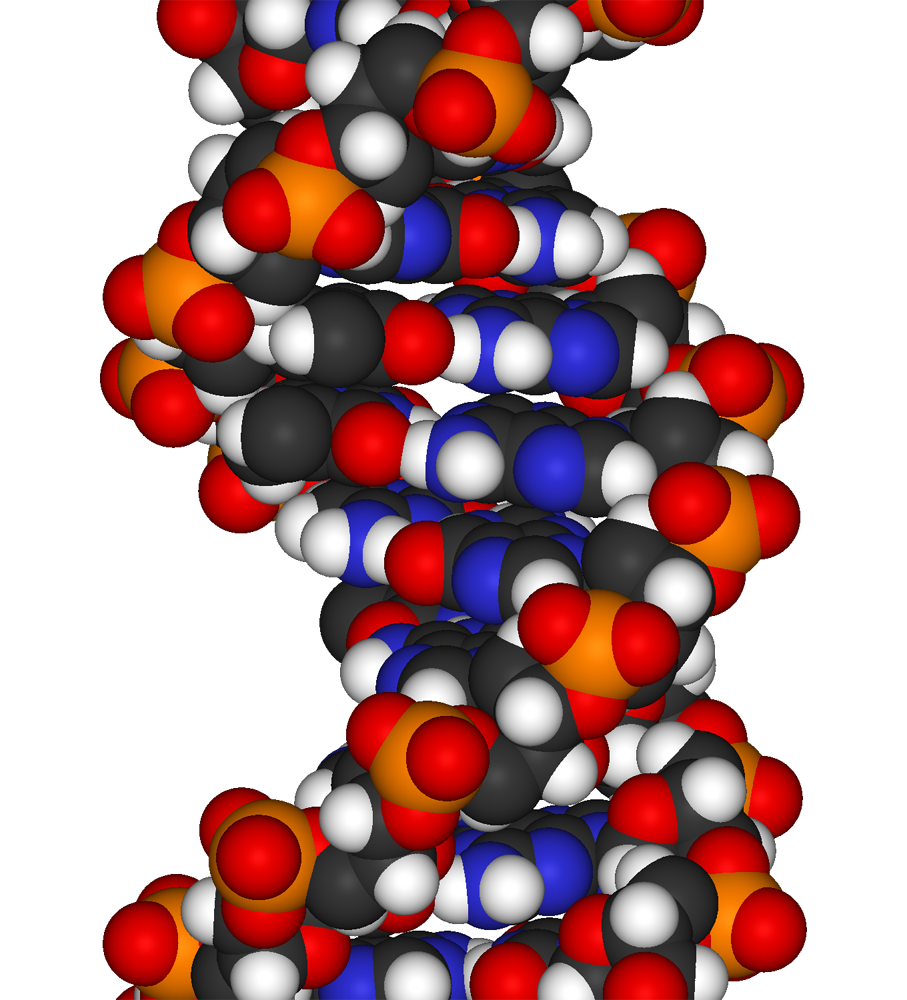Outer space is generally—and rather accurately—viewed as being inhospitable to life. According to a Scientific American article from 2008, a human being can survive exposure to the vacuum of space for only about two minutes. The best-known space survivors, microorganisms called tardigrades, can survive a mere ten days. Clearly, life in its functional form doesn’t do well in space. An interesting question for scientists, then, is what about DNA, the genetic blueprint for life? A study was published in November of this year by the European Space Agency (ESA) detailing its research into precisely the question.
The actual study took place in 2011 with the launch of a TEXUS-49 rocket. The TEXUS rocket is what is referred to as a “sounding rocket.” Sounding rockets are smaller, cheaper, and less complex than the advanced machines that service space research platforms like the International Space Station. Accordingly, they are launched frequently and cheaply, making them an attractive option for studies such as this.
“During these missions,” explains the ESA paper, “altitude ranges from 150 km up to 800 km are reached which allow us to expose samples not only to microgravity but also to space conditions including vacuum, radiation and extreme temperatures when mounted on the outside of the payload. This provides an excellent test platform for astrobiology research.”
The researchers designed a circular piece of DNA called a plasmid and applied it to the surface of the rocket prior to launch. Samples of the genetic material were inoculated on the bare outer skin of the rocket, onto the grooves of screw heads, and finally onto the underside of the payload. The plasmids encoded two different “biomarker” genes: the first a fluorescent protein, and the second a gene for antibiotic resistance. All that remained was to test whether the DNA would be able to survive the launch, exposure to space, and atmospheric reentry, all while retaining its carefully ordered structure and information.
According to the ESA, the rocket was launched on March 29, 2011 from a base in Sweden. It reached a suborbital altitude of roughly 230 miles and remained there for seven minutes. The rocket then reentered Earth’s atmosphere, during which time onboard sensors detected “outer gas temperatures of more than 1000°C” at the DNA locations. The DNA samples were exposed to temperatures over 100°C for a total of more than three minutes.
The DNA that was recovered from the rocket was analyzed for structural degradation as well as degradation of the information it carried. Amazingly, the study found that up to 53.4 percent of the DNA survived spaceflight when located in the grooves of screw heads. Even when the protection of the grooves was missing, some 4.3 percent of the DNA retained its form. The recovered plasmids were introduced into E. coli bacteria, and demonstrated their predicted biomarker traits–green fluorescence and antibiotic resistance.
The ESA paper wraps up its study by stating “we were able to demonstrate experimentally that plasmid DNA attached to the outer surface of the payload of a sounding rocket can withstand a period of residence in space and the re-entry conditions into the Earth atmosphere as well as the landing, and stays intact and active in its function as carrier of genetic information.”
This experiment has made it clear that it is possible for genetic information to survive unprotected in space, at least to some degree. The implications of this are murky, but intriguing: could it mean the potential to seed distant worlds with the molecules required for life? Could it lend credence to the fringe theory that life on Earth may have arrived on a meteorite from elsewhere? Both are interesting questions, and both will likely see increased research in the wake of this revealing research.



